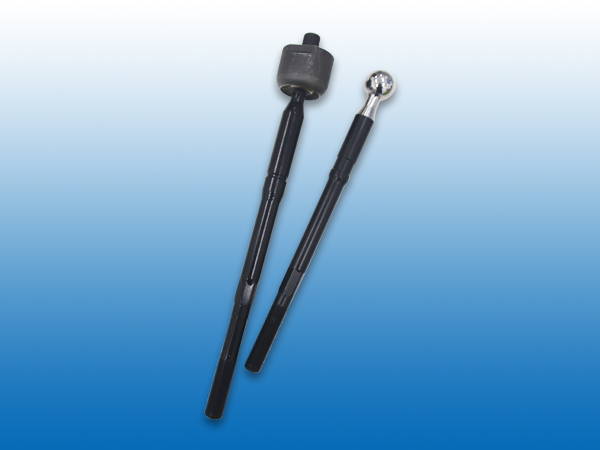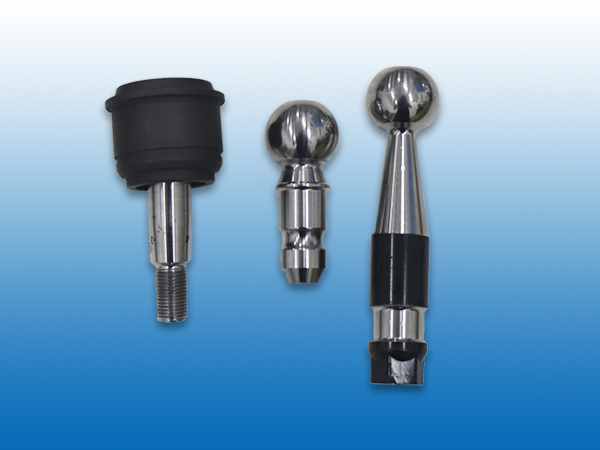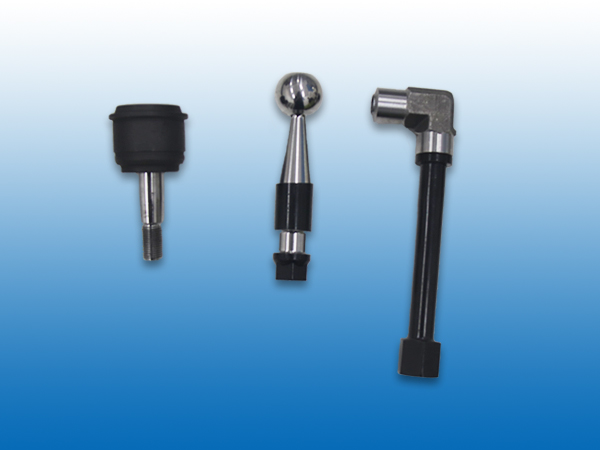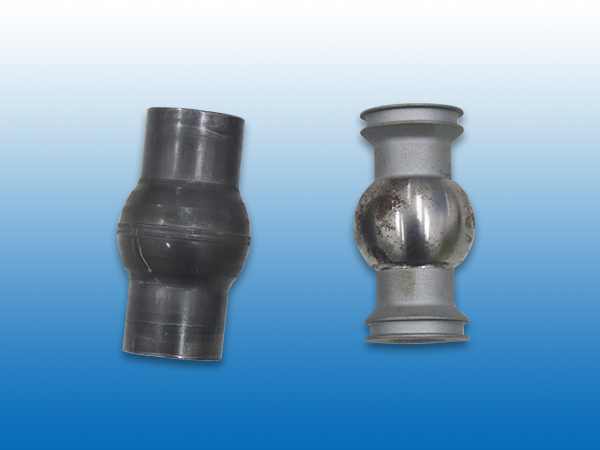Stainless steel non-standard parts have what anti-loose principle?
Stainless steel non-standard parts follow the locking principle. Stainless steel non-standard parts are a common type of fastening stainless steel non-standard parts. The anti loosening method for stainless steel non-standard parts is a nut, which is tightened together with bolts or screws. The editor of the famous general liquid filter will introduce the anti loosening principle of stainless steel non-standard parts to you!
Stainless steel non-standard parts are parts that tightly connect mechanical equipment together, and can be connected together through internal threads, stainless steel non-standard parts of the same specification, and screws. Here are four methods to avoid slipping of non-standard stainless steel parts. Mechanical anti loosening is the use of locking nut blocks to directly limit the relative rolling of the locking nut pair. For example, choose split pins, series steel wires, and stop washers. Due to the lack of pre tightening force on the locking nut limiter, the locking nut can only operate when it is released to the stop position. Therefore, this method of locking the nut does not prevent loosening in practice, but rather avoids fracture.
After tightening, choose methods such as punching, welding, and bonding to make the locking nut pair lose its motion characteristics and become an inseparable connection. The disadvantage of this method is that the bolt rod can only be used once and disassembly is very difficult, so the bolt must be broken before disassembly. Friction locking is one of the most widely used locking methods, which generates positive pressure between the locking nut pairs that does not change with external forces, thereby generating friction and preventing the locking nut pairs from rolling relative to each other. This positive pressure can be achieved by pressing the locking nut pair axially or simultaneously in both directions. For example, choose elastic washers, double nuts, self-locking nuts, and insert locking nuts.
The locking of stainless steel non-standard parts is the three major advantages of using a locking nut pair structure, namely the Down locking nut locking method
Stainless steel non-standard parts come first, with excellent anti vibration function: when tightening the thread, the thread straightness of the bolt tooth top tightly enters the 30 ° wedge-shaped slope of the nut and is clamped. The normal force applied on the wedge-shaped slope forms a 60 ° angle with the bolt axis instead of 30 °.
Stainless steel screws are common stainless steel accessories in people's lives, mainly used for environmental protection equipment, medical equipment, communication equipment, power facilities, electronic products, instrumentation, food machinery, petrochemical industry, ship assembly, pumps and valve pipes, building curtain walls, outdoor occasions, sports facilities, outdoor decoration, etc.
Cleaning method for non-standard stainless steel parts:
1. Clean the 303, 304, and 316 stainless steel screws, and put the solution directly into the grinder to grind together with the stainless steel screws. It usually takes 3 to 30 minutes to clean (depending on the degree of oil contamination).
2. Clean stainless steel screws such as 667, 201, 202, 418, etc; Put the solution into a grinder and grind it together with the screw. After non standard stainless steel parts turn black, grind for 5-10 minutes, and then add a small amount of this cleaning agent to make the screw white (take 0.5-1kg of this cleaning agent and mix it with 3-5 times water before putting it into the grinder). After the screws turn white, stop grinding and rinse thoroughly with clean water. Then you can proceed to the next process ->polishing.
Related recommendations
- ● What are chassis suspensions, what are their classifications and roles?2023-06-02
- ● Zhejiang non-standard parts manufacturers introduce the characteristics of titanium alloy screws2023-06-02
- ● Reputation will introduce you to what is non-standard parts2023-06-02
- ● Huzhou fastener manufacturer stainless steel screw blackening solution2023-06-02
- ● Stainless steel non-standard parts have what anti-loose principle?2023-06-02
- ● How to tell the real car parts2023-06-02






